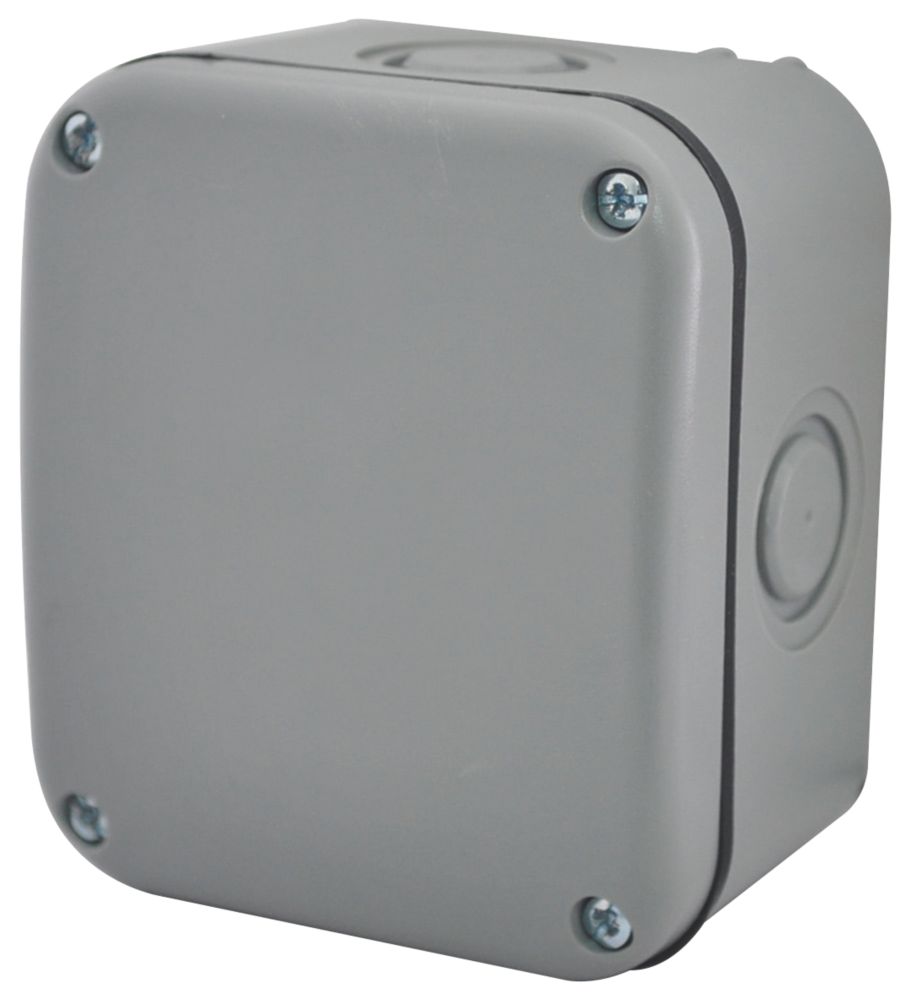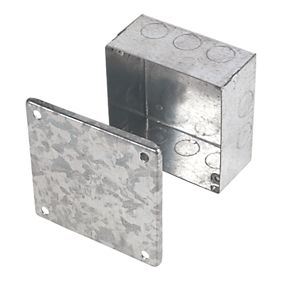I set myself up with a test rig to get my head around domestics electrics. All of this is working.
I now want to add a 25mm armoured cable and had some questions. The plastic unit does not have any round knockouts and I have been reading that it may be too flimsy for a SWA gland.
I have purchased this as my gland:
 www.screwfix.com
www.screwfix.com
Got some plastic cleats and will safely terminate into one of these:

 www.screwfix.com
www.screwfix.com
This appears to have a 25mm knockout for the other end of the SWA gland. I am hoping it will be robust enough once the cable is cleared to my board.
How do you suggest I handle the Consumer Unit end? Do I need an additional box and which drill bit do I use for a whole through the CU?
Also, in terms of breaker size, my reading suggests that this cable is rated at 125amp but my main fuse is only 100amp. Clearly this is a test scenario and I do t have any planned loads. 40amp seems to be the highest breaker size. I assume it’s either that or I could use a Henley Block and take it out just after the main fuse. Not something I can simulate here but is the broad understanding correct?
Thanks in advance.
I now want to add a 25mm armoured cable and had some questions. The plastic unit does not have any round knockouts and I have been reading that it may be too flimsy for a SWA gland.
I have purchased this as my gland:
Error 410 | Screwfix
Thousands of products at low trade prices | FREE next day delivery available | 30 day money back guarantee on all orders.
Got some plastic cleats and will safely terminate into one of these:

British General IP55 Weatherproof Outdoor Enclosure 75mm x 53mm x 85mm - Screwfix
Order online at Screwfix.com. Weatherproof and dust-tight polycarbonate enclosure. Can be mounted horizontally or vertically. FREE next day delivery available, free collection in 1 minute.
This appears to have a 25mm knockout for the other end of the SWA gland. I am hoping it will be robust enough once the cable is cleared to my board.
How do you suggest I handle the Consumer Unit end? Do I need an additional box and which drill bit do I use for a whole through the CU?
Also, in terms of breaker size, my reading suggests that this cable is rated at 125amp but my main fuse is only 100amp. Clearly this is a test scenario and I do t have any planned loads. 40amp seems to be the highest breaker size. I assume it’s either that or I could use a Henley Block and take it out just after the main fuse. Not something I can simulate here but is the broad understanding correct?
Thanks in advance.


